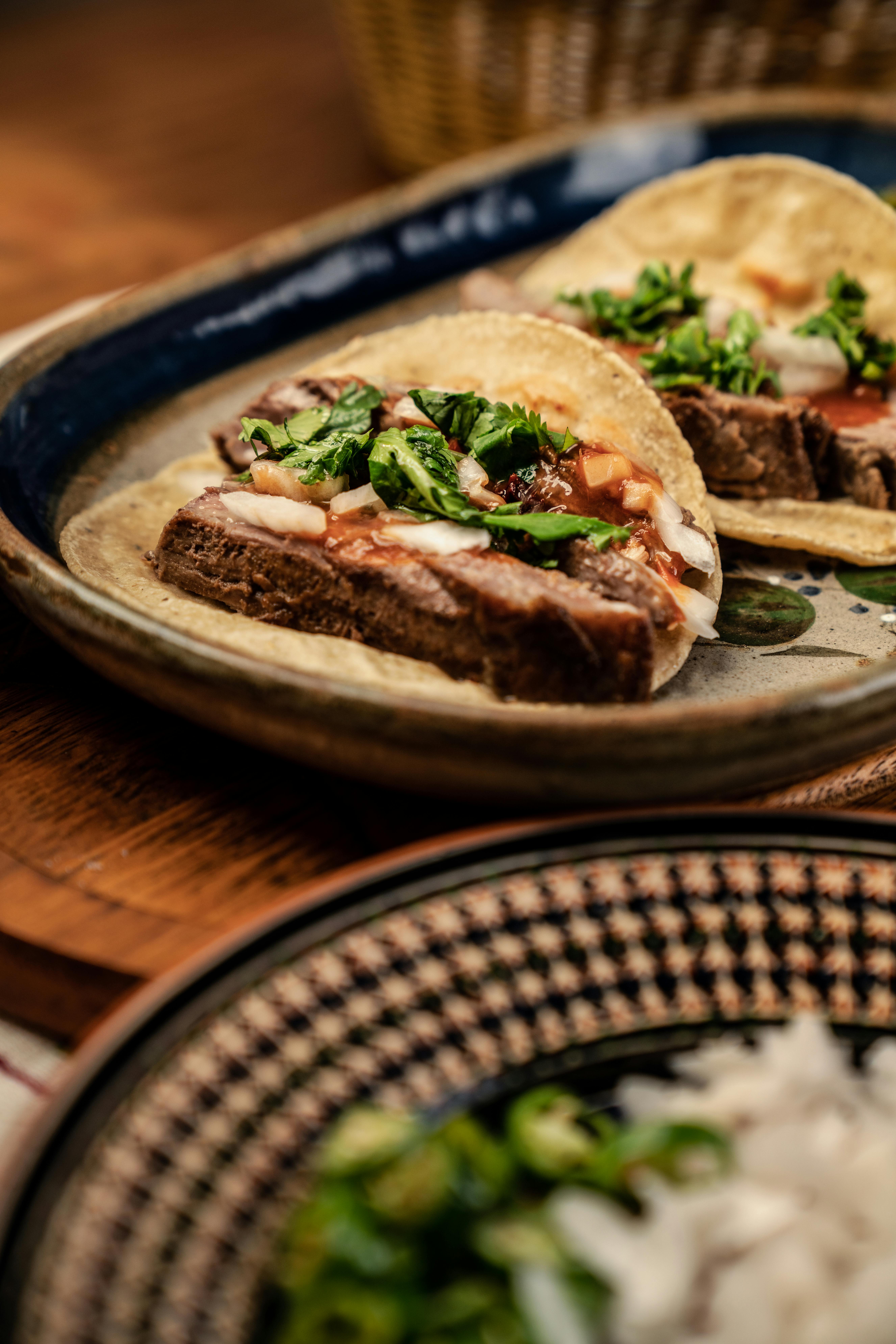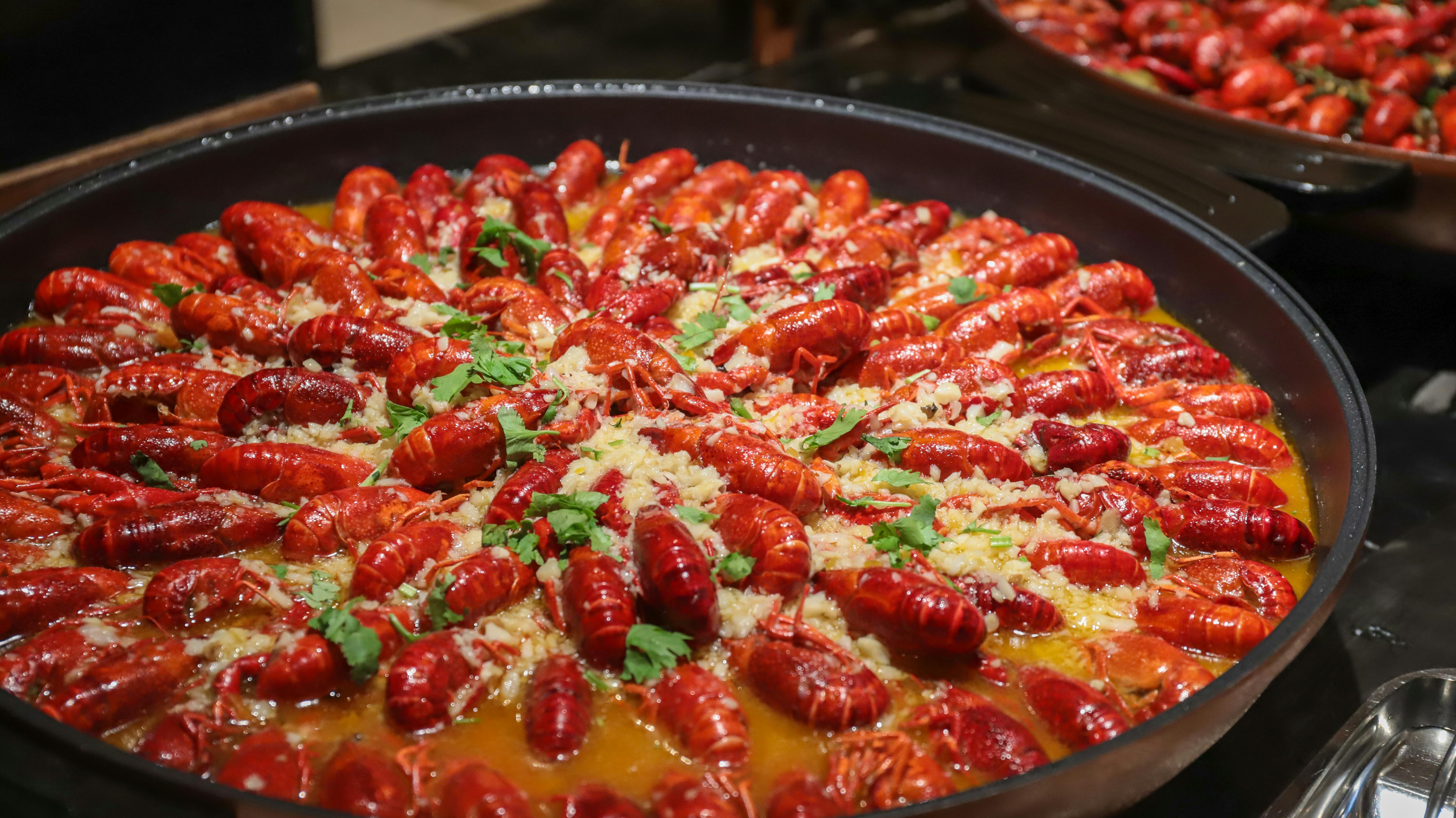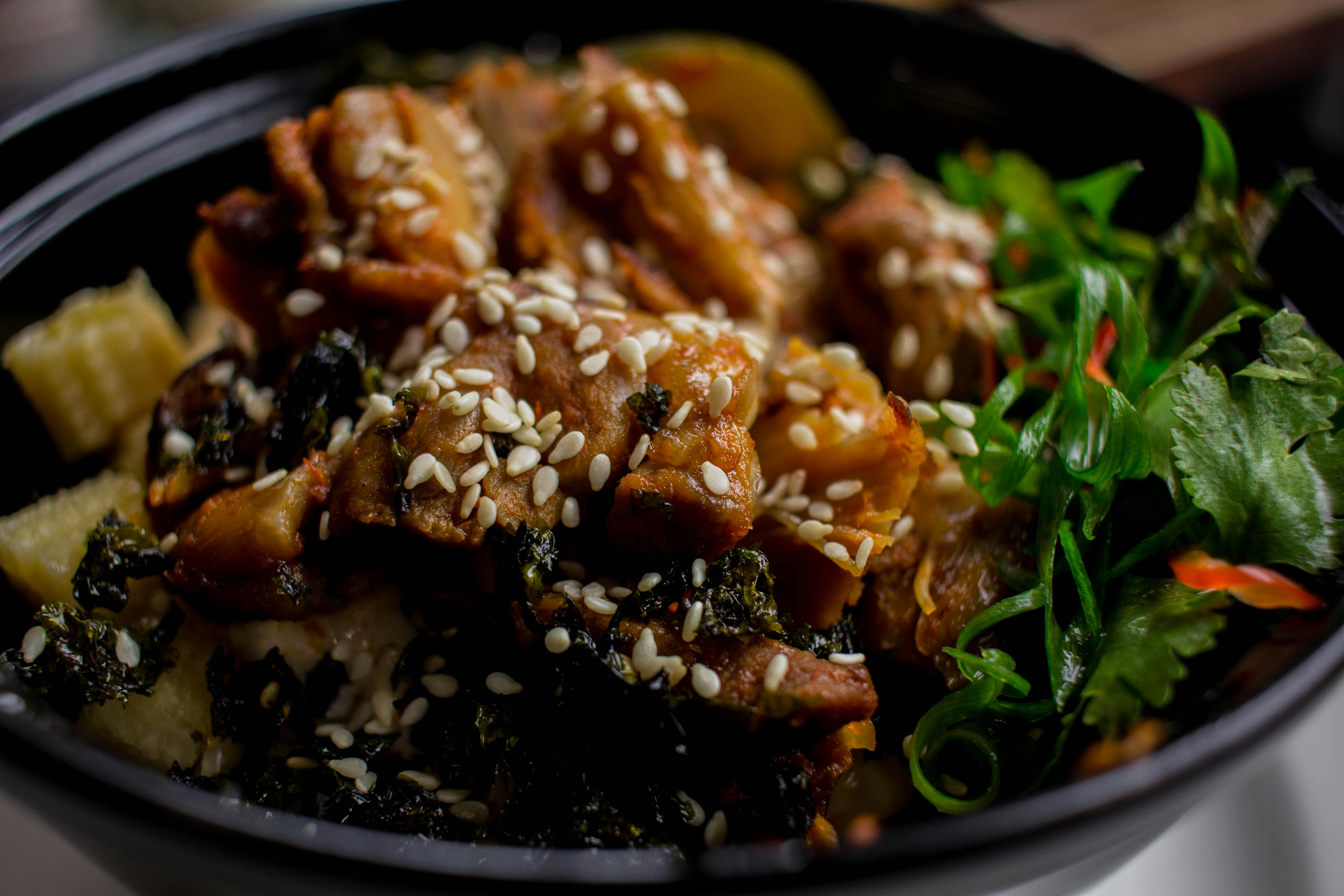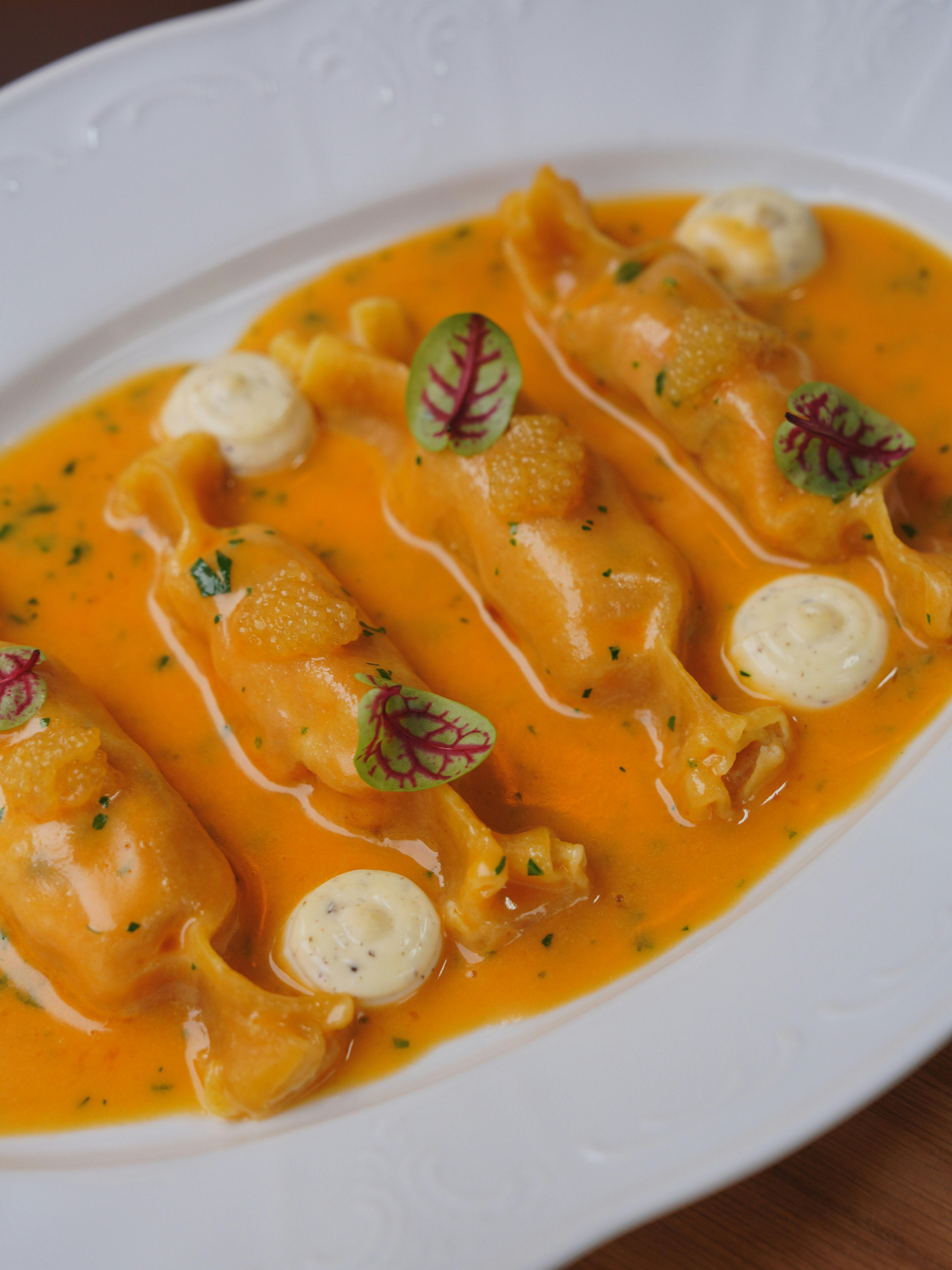Check Out this Blueprint for Developing Your Own Fusion Cuisine
Sometimes the best dishes are born when borders blur and flavors collide. Fusion cuisine is exactly that—a delicious blend of ingredients, techniques, and cultural influences that come together in surprising, satisfying ways. Fusion cooking is all about exploration, adapting recipes to reflect local tastes while honoring the unique elements of each culture. If you’ve ever thought about creating your own fusion dishes, there’s no need to follow rigid rules—just thoughtful experimentation. This guide will walk you through the basics of blending cuisines, balancing flavors, and respecting cultural roots, so you can bring something fresh and flavorful to the table.
Fusion cuisine combines elements from multiple culinary traditions, blending ingredients, techniques, and flavors from different cultures to create something new. Unlike traditional dishes that are firmly rooted in a specific region, fusion cuisine is more flexible and experimental, making it a popular way to explore unique flavor combinations and adapt food to local tastes.
The goal of fusion cuisine is not just to mix ingredients from different cuisines, but to thoughtfully combine them in a way that honors each culture’s distinct elements.

Tex-Mex, a blend of Mexican and American cuisines, emerged in Texas in the 19th century as Mexican and Tejano cooks adapted local ingredients into familiar Mexican recipes. Over time, it became a distinct cuisine, incorporating elements like cheese, beef, wheat flour, and cumin, which aren’t traditional in Mexican cooking but are abundant in the southwestern United States. If you grew up having weekly “taco night,” chances are it was glorious Tex-Mex.
By the mid-20th century, Tex-Mex was widely popularized by Mexican-American families, Texan restaurants, and eventually chains like Taco Bell. Now, Tex-Mex is ubiquitous across the U.S., with dishes like chili con carne, fajitas, and queso dip often enjoyed worldwide as well. Tex-Mex cuisine epitomizes the richness of cross-border culinary exchange and has grown far beyond its regional roots.

Cajun cuisine, a result of French-Acadian influence in Louisiana, developed as the French settlers who were expelled from Canada adapted their cuisine to local ingredients and flavors. If you’ve read my articles for more than a month, you know I have a big thing for Cajun food.
Known for its robust flavors and use of spices, the cuisine incorporates local seafood, rice, and spices like cayenne, while often cooked with the "holy trinity" of Cajun cooking: onion, bell pepper, and celery. Cajun cuisine became mainstream in the U.S. in the late 20th century through chefs like Paul Prudhomme, who popularized dishes like jambalaya, gumbo, and crawfish étouffée.

Korean-Mexican fusion emerged in Los Angeles around 2008, driven by the inventive approach of chef Roy Choi, who launched the Kogi BBQ truck and created a phenomenon with his Korean-Mexican tacos. This cuisine combines the bold flavors of Korean barbecue—such as marinated meats, kimchi, and gochujang sauce—with Mexican staples like tortillas, salsa, and cilantro, creating a unique, vibrant style that appeals to a broad audience. Korean-Mexican fusion is most popular in urban areas across the U.S., particularly on the West Coast, where food trucks and restaurants serve dishes like kimchi quesadillas and bulgogi tacos, representing the ever-growing diversity and creativity of street food culture.

Indian-Italian fusion is less mainstream but has gained a following in recent years, especially in major cities with large South Asian and Italian populations, such as London and New York. I’ve even seen several Indian-Italian places floating around Utah, like the restaurant Curry Pizza.
This fusion often involves Indian spices and cooking techniques incorporated into Italian classics, resulting in dishes like curry-spiced pasta, tandoori pizzas, and paneer-stuffed ravioli. This cross-cuisine reflects the adaptability of both Indian and Italian culinary traditions, where strong flavors and spices meld surprisingly well. Although still niche, Indian-Italian fusion continues to evolve as it becomes a more popular offering in experimental fine dining and street food scenes.
Japanese-Peruvian, known as Nikkei cuisine, is a culinary blend that began in Peru in the late 19th century, when Japanese immigrants incorporated local Peruvian ingredients into traditional Japanese dishes. Nikkei cuisine is known for its fresh, vibrant flavors and inventive use of ingredients like ají peppers, cilantro, and potatoes alongside soy sauce, miso, and seafood. Dishes such as tiradito (a Japanese-inspired take on ceviche) and sushi with Peruvian sauces have become hallmarks of this fusion.
Ingredients:
1 head cabbage, finely shredded
2 large limes, juiced
3/4 cup mayonnaise
3 tablespoons soy sauce
2 tablespoons poppy seeds
1 1/2 teaspoons allspice
1 bunch cilantro
Directions:
What is Fusion Cuisine?
Fusion cuisine combines elements from multiple culinary traditions, blending ingredients, techniques, and flavors from different cultures to create something new. Unlike traditional dishes that are firmly rooted in a specific region, fusion cuisine is more flexible and experimental, making it a popular way to explore unique flavor combinations and adapt food to local tastes.
The goal of fusion cuisine is not just to mix ingredients from different cuisines, but to thoughtfully combine them in a way that honors each culture’s distinct elements.
Examples of Fusion Cuisine

Tex-Mex, a blend of Mexican and American cuisines, emerged in Texas in the 19th century as Mexican and Tejano cooks adapted local ingredients into familiar Mexican recipes. Over time, it became a distinct cuisine, incorporating elements like cheese, beef, wheat flour, and cumin, which aren’t traditional in Mexican cooking but are abundant in the southwestern United States. If you grew up having weekly “taco night,” chances are it was glorious Tex-Mex.
By the mid-20th century, Tex-Mex was widely popularized by Mexican-American families, Texan restaurants, and eventually chains like Taco Bell. Now, Tex-Mex is ubiquitous across the U.S., with dishes like chili con carne, fajitas, and queso dip often enjoyed worldwide as well. Tex-Mex cuisine epitomizes the richness of cross-border culinary exchange and has grown far beyond its regional roots.

Cajun cuisine, a result of French-Acadian influence in Louisiana, developed as the French settlers who were expelled from Canada adapted their cuisine to local ingredients and flavors. If you’ve read my articles for more than a month, you know I have a big thing for Cajun food.
Known for its robust flavors and use of spices, the cuisine incorporates local seafood, rice, and spices like cayenne, while often cooked with the "holy trinity" of Cajun cooking: onion, bell pepper, and celery. Cajun cuisine became mainstream in the U.S. in the late 20th century through chefs like Paul Prudhomme, who popularized dishes like jambalaya, gumbo, and crawfish étouffée.

Korean-Mexican fusion emerged in Los Angeles around 2008, driven by the inventive approach of chef Roy Choi, who launched the Kogi BBQ truck and created a phenomenon with his Korean-Mexican tacos. This cuisine combines the bold flavors of Korean barbecue—such as marinated meats, kimchi, and gochujang sauce—with Mexican staples like tortillas, salsa, and cilantro, creating a unique, vibrant style that appeals to a broad audience. Korean-Mexican fusion is most popular in urban areas across the U.S., particularly on the West Coast, where food trucks and restaurants serve dishes like kimchi quesadillas and bulgogi tacos, representing the ever-growing diversity and creativity of street food culture.

Indian-Italian fusion is less mainstream but has gained a following in recent years, especially in major cities with large South Asian and Italian populations, such as London and New York. I’ve even seen several Indian-Italian places floating around Utah, like the restaurant Curry Pizza.
This fusion often involves Indian spices and cooking techniques incorporated into Italian classics, resulting in dishes like curry-spiced pasta, tandoori pizzas, and paneer-stuffed ravioli. This cross-cuisine reflects the adaptability of both Indian and Italian culinary traditions, where strong flavors and spices meld surprisingly well. Although still niche, Indian-Italian fusion continues to evolve as it becomes a more popular offering in experimental fine dining and street food scenes.
Japanese-Peruvian, known as Nikkei cuisine, is a culinary blend that began in Peru in the late 19th century, when Japanese immigrants incorporated local Peruvian ingredients into traditional Japanese dishes. Nikkei cuisine is known for its fresh, vibrant flavors and inventive use of ingredients like ají peppers, cilantro, and potatoes alongside soy sauce, miso, and seafood. Dishes such as tiradito (a Japanese-inspired take on ceviche) and sushi with Peruvian sauces have become hallmarks of this fusion.
Some Tips for Developing Your Own Fusion Cuisine
- Respect Core Flavors and Techniques: Understand the foundational flavors and techniques of each cuisine you’re blending. Honoring these creates a dish that feels authentic and respectful, rather than haphazardly mixed.
- Build on One Primary Cuisine: Use one cuisine as the base and add complementary elements from the other. This keeps the dish coherent and prevents flavor overload.
- Use Ingredients Thoughtfully: Don’t overcomplicate the dish with too many flavors; each ingredient should have a purpose and contribute to the overall balance. Sometimes, using a single spice or sauce from one cuisine can transform a dish.
- Be Mindful of Cultural Significance: Respect the origins of each ingredient and cooking method. When a dish has cultural significance, adapting it thoughtfully rather than purely for novelty can lead to more meaningful and appreciated fusion.
- Keep an Open Mind: Not all combinations work, and sometimes the best results come from unexpected pairings. Allow room for surprises and innovation.
- Gather Feedback: Share with friends or test audiences and ask for feedback. People’s reactions can reveal what’s working and what needs tweaking, making your dish stronger and more universally appealing.
Matthew's Mexi-Japanese Coleslaw
1 head cabbage, finely shredded
2 large limes, juiced
3/4 cup mayonnaise
3 tablespoons soy sauce
2 tablespoons poppy seeds
1 1/2 teaspoons allspice
1 bunch cilantro
Directions:
1. Thinly shred your cabbage and place in a large mixing bowl.
2. Remove the leaves from your cilantro for the dressing. If you want a punch of extra "cilantro-y" flavor, mince some of the cilantro stalks for use in the dressing as well. The stalks carry a lot more aroma than the leaves.
3. Mix the other ingredients in a glass bowl. Taste as you go (you might prefer more lime or soy sauce).
2. Remove the leaves from your cilantro for the dressing. If you want a punch of extra "cilantro-y" flavor, mince some of the cilantro stalks for use in the dressing as well. The stalks carry a lot more aroma than the leaves.
3. Mix the other ingredients in a glass bowl. Taste as you go (you might prefer more lime or soy sauce).
Recipe formatted with the Cook'n Recipe Software from DVO Enterprises.
 Matthew Christensen
Matthew Christensen
Weekly Newsletter Contributor since 2023
Email the author! matthew@dvo.com
